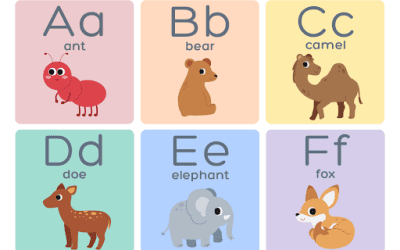Education for K-12 constantly faces changes and challenges. Various crises affect the content in educational materials and how it is taught. One challenge is creating diversity, equity, and inclusion (DEI) for products that meet the needs of teachers and students. Despite current DEI materials, educators and school districts believe K-12 publishers and providers can do more. Some K-12 teachers feel unprepared to teach topics like George Floyd to their students. Publishers could improve these materials to satisfy teachers and school districts. Publishing leaders consider these 5 ways to instantly improve DEI materials for K-12 curriculum.
1.) Develop More DEI Products and Materials for the K-12 Global Market
Therefore, many districts notice a lack of materials to address DEI. Not only is this a US problem but also a global problem. Thus, educational leaders could increase production, particularly for markets outside the US. Many countries depend on the US, the UK, and other European countries for their educational products. Producing more materials that feature and address DEI helps school leaders and teachers. Leaders work with their teams, developing different educational materials like workbooks and software. Thus, publishers increase their offerings to satisfy school districts and leaders around the world.
2.) Improve the Equity in Educational Products for School Districts and Educators
Therefore, K-12 materials lack cultural responsiveness in some cases. A recent report called The Representation of Social Groups in U. S. Educational Materials and Why it Matters details how current educational materials present many inequities. For educational software, male characters are twice more evident as female characters. Additionally, school leaders feel educational materials lack the guidance to tackle racism, gender, and other DEI scenarios. Educators need this additional help to improve student outcomes. Leaders will direct their teams to address these issues, creating effective products.
3.) Include More Authentic Stories in Educational Materials to Improve DEI Representation
Because the materials lack DEI representation, publishers will need to improve their research and design. Connecting to groups historically excluded helps improve the product. Publishers can connect to HBCUs and HACUs, LGBTQI and disability community organizations, and students. Find out what’s missing or what could be changed. When educational materials reflect the students, they can see themselves. It creates a bridge: student engagement and academic achievement increase. Thus, leaders improve these stories to student success. Furthermore, leaders direct their teams to create case studies and practices for teachers. These educational guides help educators understand how to teach these difficult issues. Overall, leaders oversee better research and connections to improve the authentic representation for K-12 educational products.
4.) Review DEI materials for Educational Products Outside the US
As stated, DEI educational materials are not the only issue here, but also in other global markets. For countries like Thailand, they work with DEI materials inaccurately localized for their communities. Publishers not only consider how to translate or transadapt materials but also understand if the teaching methods will work for the market or country. If the methods don’t work, they should be avoided. Besides that, these places often lack the support teachers have in the US, such as district and in-service training. Publishing leaders collaborate with their teams to address these issues. Thus, leaders employ team members reflecting the local community to ensure that the materials and the methods fit.
5.) Publishing Companies Review Their Own DEI Initiatives
School districts and teachers want to know the investment educational companies will make to improve diversity, equity, and inclusion. Thus, publishing leaders review their organizations for DEI initiatives. For example, inclusive leaders review biased practices. Publishing companies can create a DEI officer or a chief of diversity position who reviews hiring practices and diversity policies. These professionals will hire personnel to assess inclusion for the company’s educational products. Therefore, reviewing the DEI initiatives at their companies, leaders create stronger bonds with teachers and districts. It shows both parties want the same goal.
Teachers and districts desire effective DEI materials. Moreover, schools and school districts need more materials, especially for foreign markets. Leaders review foreign products, ensuring districts and teachers can effectively utilize inclusive materials. Leaders direct their teams to create authentic representations in their products. They scrutinize their products for bias. Design directors use inclusive design to improve the equity in educational materials. Lastly, when publishing companies review their own DEI initiatives, they make stronger connections to their markets. Buyers will appreciate how publishing leaders make changes within their companies.




